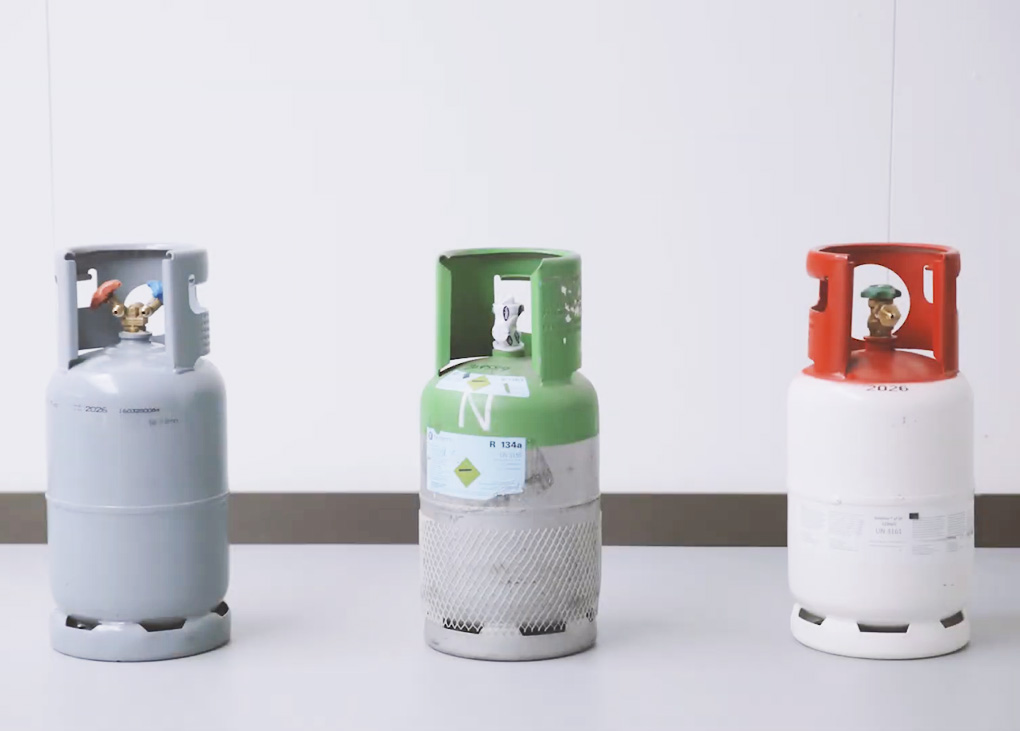As the European Union considers ambitious new targets for phasing down HFC refrigerants, industry is divided about the path forward. Some groups have cautioned regulators against moving too fast, but others believe the stricter phase-down is both achievable and desirable.
What’s on the table?
In April this year, the European Commission proposed two new regulations to more tightly control fluorinated greenhouse gases and ozone-depleting substances (ODS). It said that these changes represented “a significant step towards limiting global temperature rise in line with the Paris Agreement”. The F-gas proposal, as it was known, also supported an EU commitment to cut emissions by at least 55 per cent by 2030 and make Europe climate-neutral by 2050.
Some measures, such as cracking down on illegal trading and improved licensing and training, received broad industry support. Others, however, raised eyebrows.
Among the most contentious were proposals to introduce stricter limits for the global warming potential (GWP) of refrigerant in stationary split air conditioning and heat pump equipment. As of 2027, systems with a rated capacity up to and including 12kW containing refrigerant of 150 GWP or more would be banned. The current synthetic refrigerant of choice for split systems is R32, with a GWP of 675. Systems greater than 12kW containing refrigerant with a GWP of 750 or more would also be banned.
“Unrealistic” timeframe
The European Partnership for Energy and the Environment (EPEE) has warned that the plan, far from supporting the EU’s climate goals, could undermine them. It notes that a huge roll-out of heat pumps (including split-system air conditioners) will be required to decarbonise buildings over the coming years, and that the new rules would be an obstacle to this work.
“The proposed HFC phase-down is in reality an HFC phase-out by 2027 that would seriously jeopardise an accelerated and comprehensive heat pump roll out in the EU in the coming years.
“According to the proposal, all new equipment from 2027 would need to immediately use near zero GWP refrigerant, such as hydrocarbons or HFOs, which is an unrealistic timeline both in terms of technological development and in terms of the needed number of installers trained and certified to handle the new refrigerants, many of which are flammable,” reads the EPEE’s position paper on the proposed revisions to the F-Gas regulation.
The EPEE also says that the European Commission’s model makes a number of “untransparent and unrealistic” assumptions about the speed of the refrigerant transition.
“The scope of the proposed bans would be incoherent with the proposed phase down and create uncertainty as well as enforcement challenges for market authorities,” the EPEE says. “The specific bans pertaining to heat pumps would be detrimental to the REPowerEU objectives and should be removed.
“The F-Gas Regulation revision must strike the balance between reducing F-gas emissions and achieving the EU’s climate and energy goals.”
Support for stricter limits
This week, ATMOsphere released a report titled Accelerating the EU’s Shift Towards Natural Refrigerant Domestic Heat Pumps, based on a six-month investigation into the domestic heat pump sector in the EU.
According to ATMOsphere, the aim of the study was to highlight the potential impact of the existing HFC phase-down – and of an even stricter phase-down.
It is important to note, however, that the study excluded air-to-air and hybrid systems and reversible models.
“Following the release of the proposal, trade bodies representing the interest of some of the industry’s incumbents have cautioned against intrusive policy action in this realm, revamping old concerns related to climate objectives, energy efficiency and safety,” reads the report.
“Our sample group interviews with heat pump manufacturers in Europe point to a growing presence of original equipment manufacturers (OEMs) across Europe with systems running with natural refrigerants in their portfolio. These companies are varied in size and their commitments to phasing down fluorinated gases. Companies that have already significantly detached themselves from fluorinated working fluids reported confidence in their ability to quickly scale up production and reconvert old technology production lines pushed by the right policy framework. Not only are decarbonisation policy efforts seen as paving the way for the deployment of heat pumps, but also regulations affecting fluorinated greenhouse gases are held in high regard for determining the direction of travel.”
ATMOsphere recently shared findings from the report during a livestreamed webinar. To access the webinar, click here.
Image courtesy of UNEP OzonAction.
 Mark Vender
Mark Vender


Leave a Reply